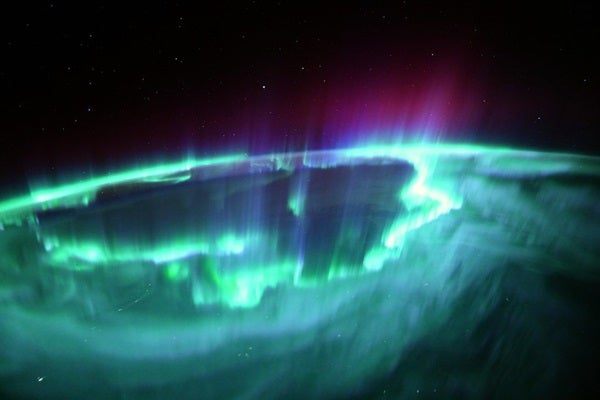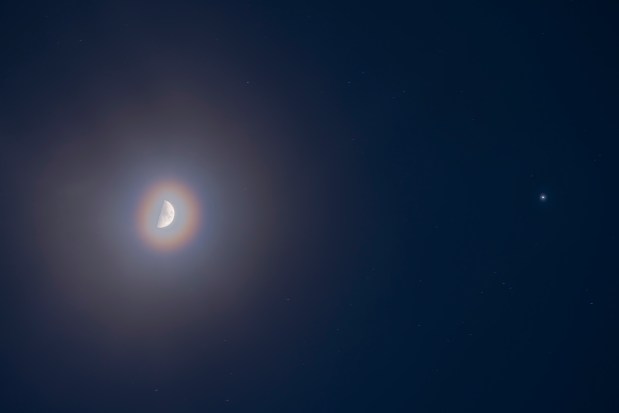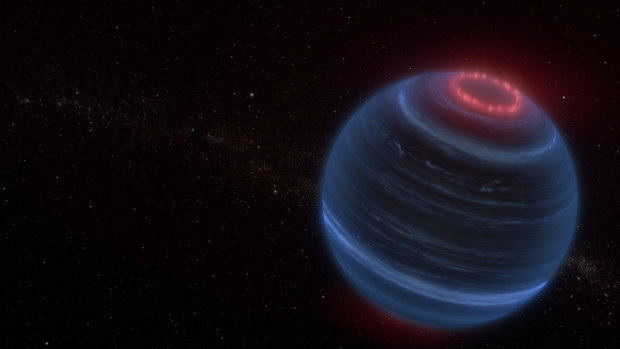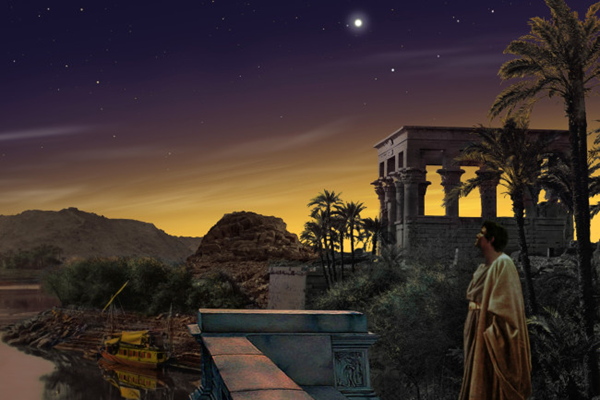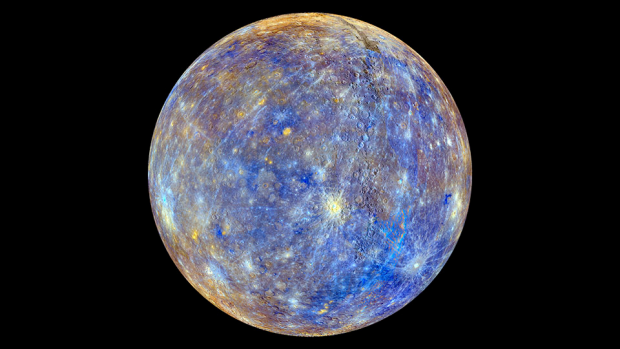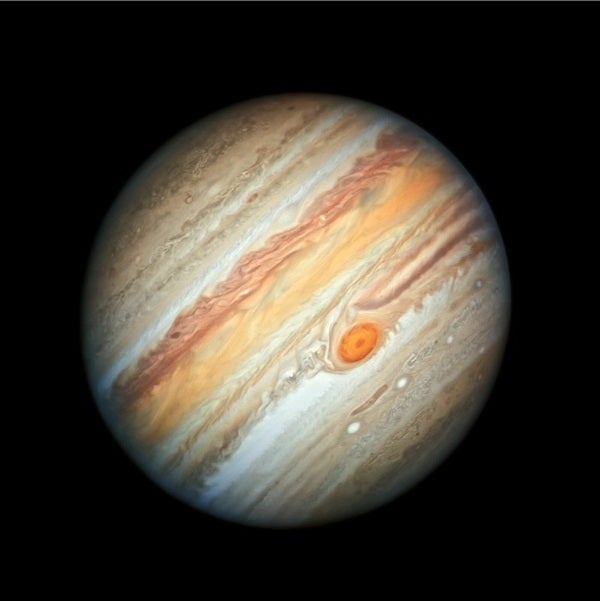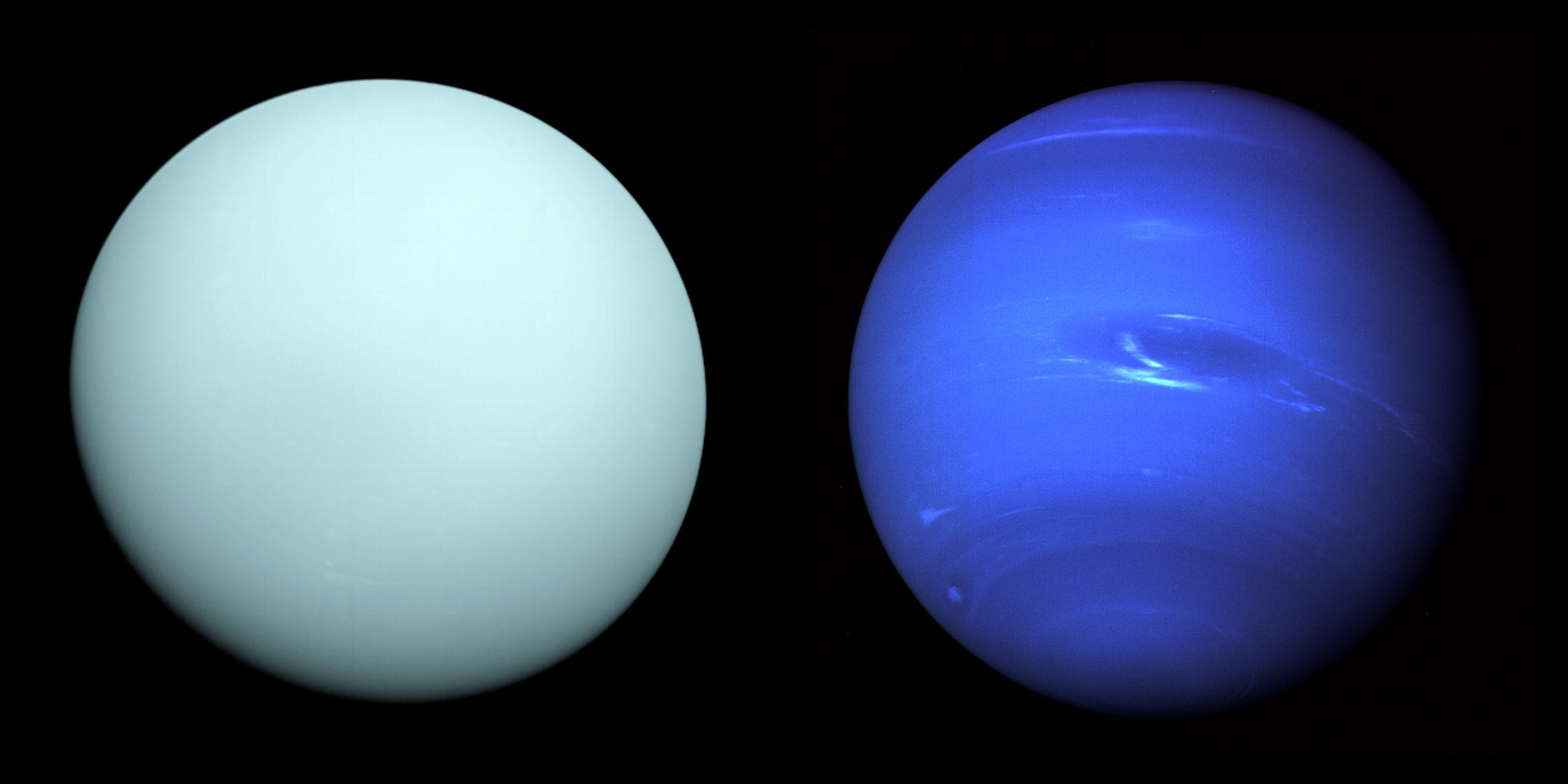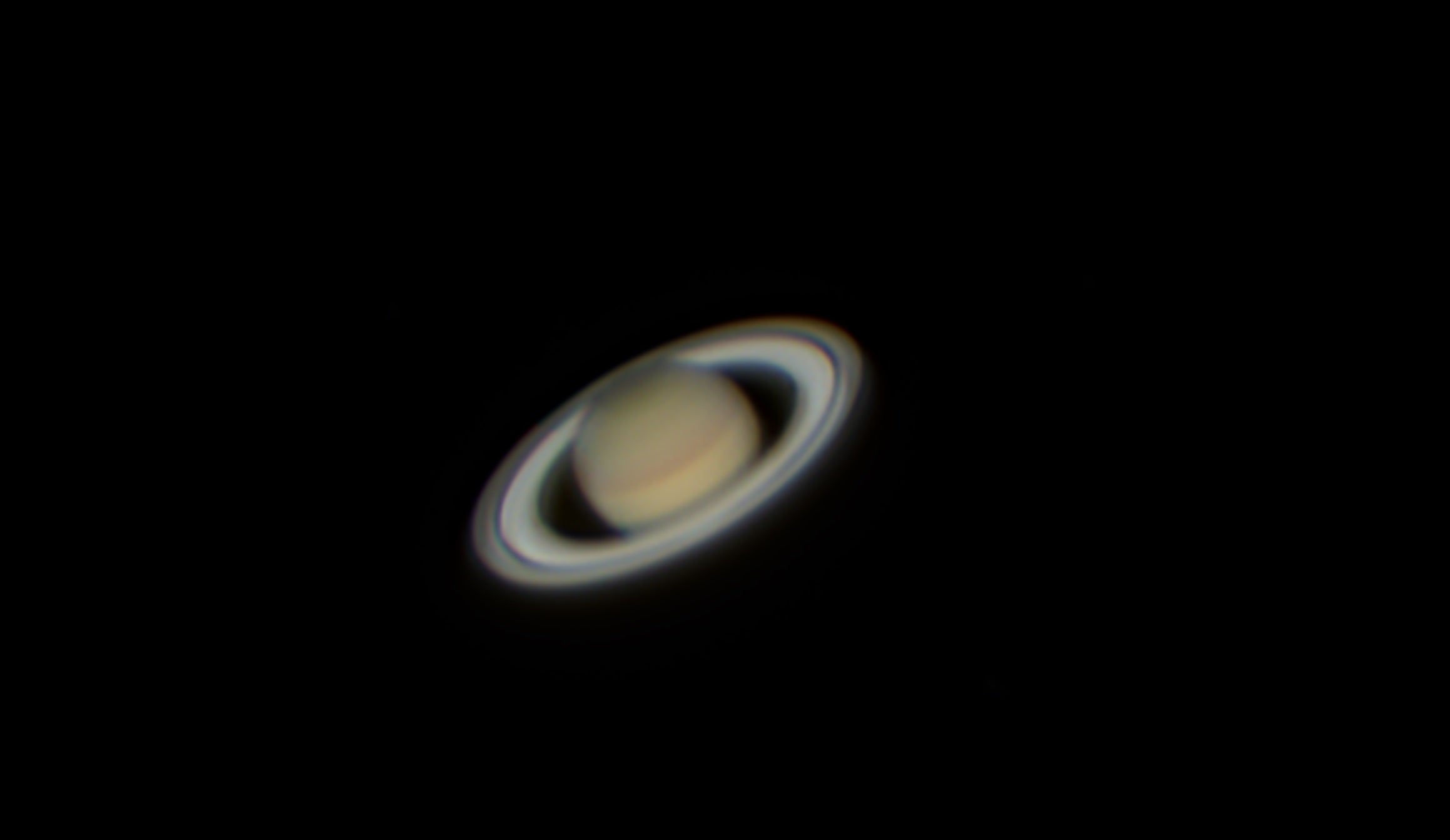In late October, NASA’s Solar Dynamics Observatory captured an intense flare erupting from the Sun. A few days later, the crew of the International Space Station (ISS) saw what astronaut Thomas Pesquet called “the strongest auroras of the entire mission.” Pictured here is a shot Pesquet took of the light show they saw over North America, which included “amazing spikes higher than our orbit … [and] rapid waves and pulses all over.”
Translated from French, Pesquet’s description also reads: “Nature decided to offer us a final bouquet for our departure: the most intense aurora borealis of the whole mission… It drew a veritable crown over the north of America, with peaks that seemed to exceed our altitude, and rapid pulsations which drew blue-green waves, it looked like breathing! We flew through, our noses glued to the windows.”
What causes the aurora?
The striking show occurred because flares such as the one recently emitted from the Sun release waves of charged particles that scatter throughout the solar system. When those particles are captured by Earth’s — or any planet’s — magnetic field, they smack into atoms in the atmosphere, causing them to heat up and glow. The result is ethereal dancing lights high above the ground: aurorae. Their pattern and movements trace out the magnetic field, while the different colors are produced by various elements in the atmosphere. On Earth, the lights typically stretch from 80 miles (130 kilometers) above the surface at their lowest to hundreds or even thousands of miles high.
October’s solar flare was an X1-class event. X-class flares are the strongest, with those exceeding X10 (which are 10 times stronger than an X1 flare) considered the most extreme. Thanks to its strength, the northern lights put on a fantastic show for many living at high latitudes in the Northern Hemisphere, as well as those in many northern U.S. states.
Aurorae are only one type of space weather, which can affect everything from the normal function of orbiting satellites to astronaut health and safety. According to the National Oceanic and Atmospheric Administration, this particular flare even caused a strong radio blackout, largely affecting South America, on October 28.
Understanding space weather, including the aurorae and other effects they produce, can help us to better understand our Sun, which entered its most recent solar cycle, cycle 25, just over a year ago. Determining when outbursts and storms will occur, as well as what their effects might be, can also help space agencies protect equipment and people outside Earth’s blanketing atmosphere, whether they are orbiting the planet or traveling through the solar system.
Plus, the aurorae they produce are just plain pretty, and more than worthy of capturing on film, whether you’re in space or with your feet firmly on the ground.

